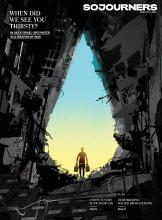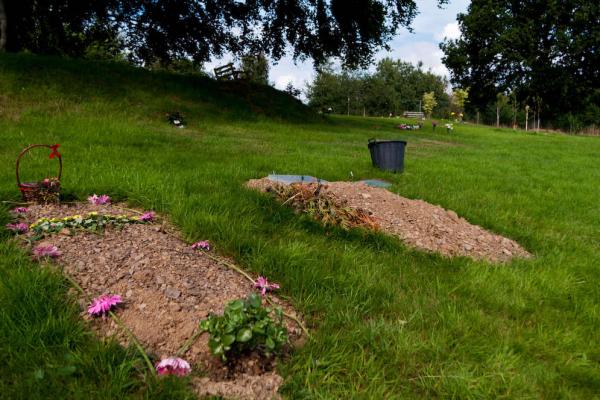Mar 2, 2022
My father saw Lent as a chance to build a more sustainable life, much like training for a championship game. As a mother and teacher of environmental education in the mountains of North Carolina, I couldn’t have imagined how the Lenten practice of my childhood would help me face both life and death amid a global climate crisis decades later.
Read the Full Article

Already a subscriber? Login
